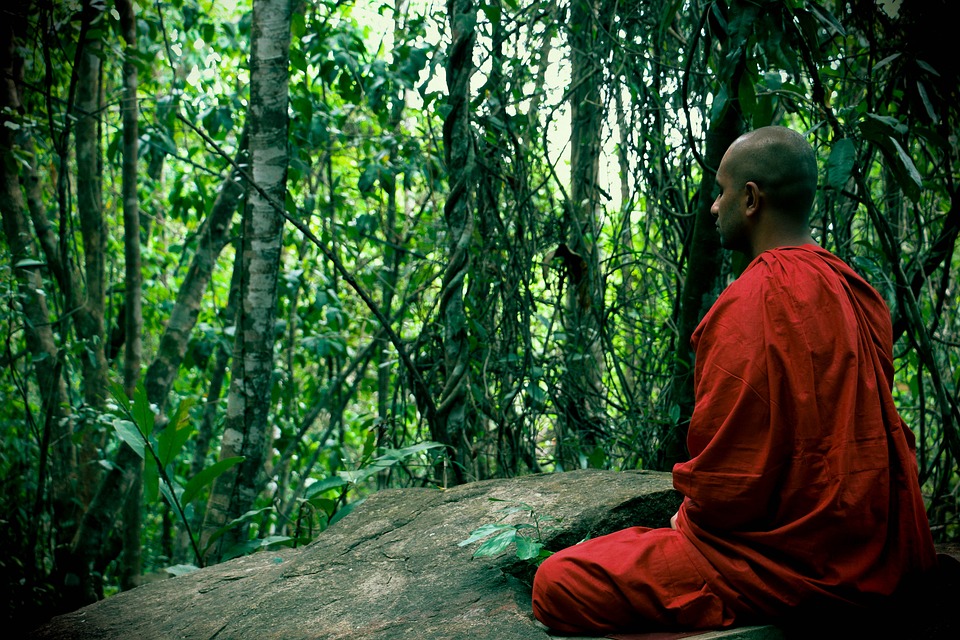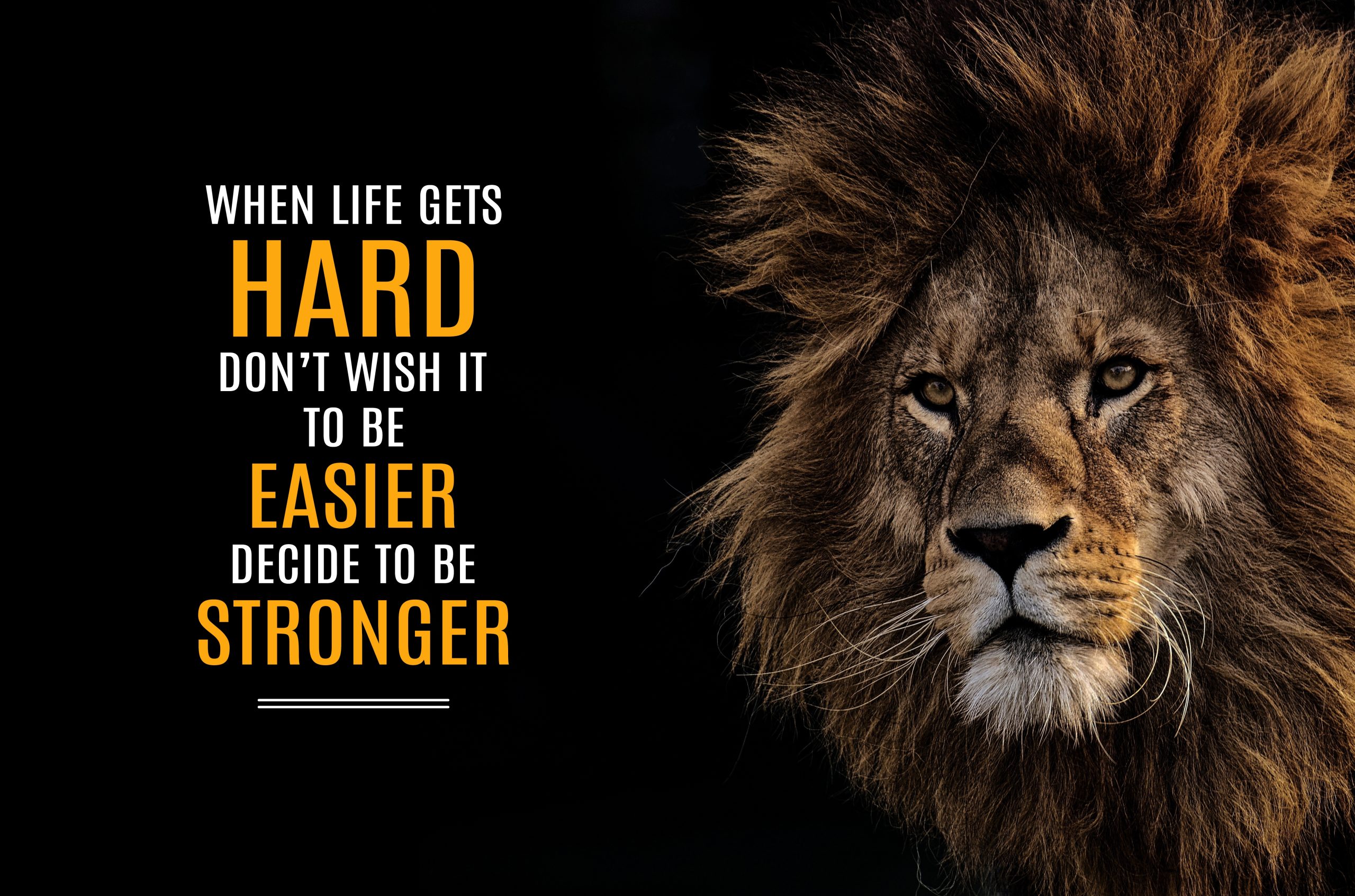When people think of martial arts, they picture powerful strikes, fluid footwork, and disciplined forms. But behind every clean kick and every focused punch lies a skill far more fundamental—breathing.
Breathing is the bridge between body and mind. It fuels technique, sharpens awareness, and keeps your movements grounded. Whether you practice martial arts or just want to be fit and ready for everyday life, mastering your breath can elevate your fitness more than you might expect.
In this post, we break down why breathing matters, common breathing methods, and simple drills you can start using today.
Why Breathing Matters in Martial Arts
1. Power Comes From the Breath
A strike delivered with proper exhalation lands sharper, faster, and heavier. Exhaling on impact tightens your core, aligns your structure, and allows energy to transfer efficiently.
This is one reason martial artists kiai or sharply exhale when striking—it’s not just tradition, it’s biomechanics.
2. Breathing Controls Your Mind
In training and combat, a calm mind is a clear mind. Breathing regulates your nervous system, lowering panic and improving focus. When you stay in control of your breath, you stay in control of your technique.
3. Efficient Breathing Improves Endurance
Holding your breath wastes energy and leads to early fatigue. Smooth breathing keeps oxygen flowing to your muscles so you can train longer, react faster, and recover more effectively.

Types of Breathing Martial Artists Use
1. Diaphragmatic (Belly) Breathing
This is your foundation. Instead of breathing shallowly from your chest, you pull air deep into your diaphragm.
Benefits:
• Increases lung capacity
• Calms the mind
• Strengthens core engagement
How to practice:
Lie on your back, place one hand on your chest and one on your belly, and aim to rise the belly hand with each inhale.
2. Combat Breathing (Box Breathing)
A technique often used by military and law enforcement, perfect for high-stress sparring or self-defense scenarios.
Pattern:
Inhale 4 seconds → Hold 4 seconds → Exhale 4 seconds → Hold 4 seconds
Benefit: Rapid stress reduction and mental reset, as well as better oxygenation of your blood and tissues.
3. Explosive Exhalation
Used during strikes, takedowns, and escapes. Short, sharp exhales tighten the core and channel power.
Example:
A fast “tsst!” or “hup!” sound as you deliver a punch or kick.
4. Flow Breathing
Used in forms, kata, shadowboxing, or grappling transitions. This is continuous, rhythmic breathing that matches movement.
Think of it as:
Your breath becomes the metronome of your technique.
Breathing Mistakes Beginning Martial Artists Make
❌ Holding your breath during combinations
Leads to early fatigue and sloppy technique.
❌ Breathing too fast and shallow
Triggers stress response—tight shoulders, tension, tunnel vision.
❌ Inhaling while striking or lifting an opponent
Weakens your structure and opens you up to counters.
3 Simple Drills to Improve Your Breathing
1. 1:2 Recovery Breath
After a round of pad work or sparring:
Inhale for 3 seconds → Exhale for 6 seconds
Repeat 5 times.
This rapidly slows your heart rate and improves recovery between rounds.
2. Strike + Exhale Drill
Throw a basic combo (like jab–cross–hook).
Exhale with every strike.
Focus on tight, controlled breathing rather than power.
This trains efficiency and rhythm.
3. Grappling Breath Awareness
During light rolling, pay attention to when you hold your breath.
Every time you notice it, immediately switch to slow, nasal breathing.
This helps prevent panic under pressure or during escapes.
Final Thoughts: Breath Is Your First Teacher
Every martial artist learns to punch and kick, but those who take the time to master their breath develop a deeper, more powerful practice. When your breathing becomes intentional, everything else—your balance, timing, endurance, and mental clarity—falls into place.
So next time you step on the mat, remember:
Train your breath, and the rest will follow.



